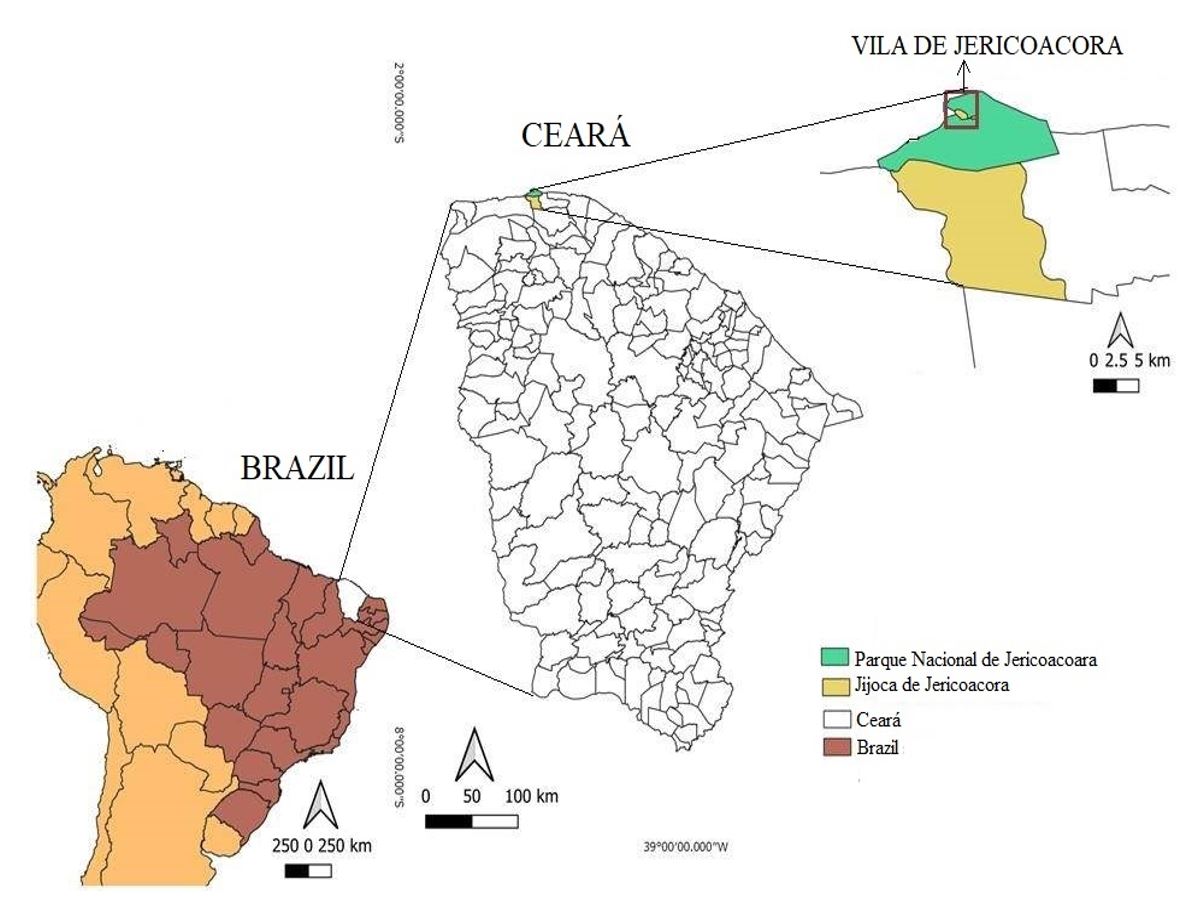Abstract
The aim of this study was to determine the occurrence of tick-borne pathogens (Ehrlichia canis, Babesia vogeli, Hepatozoon spp. and Rickettsia spp.) in dogs in Vila de Jericoacoara, coastal region of Ceará, Brazil. Blood samples were collected from 153 animals and analyzed using molecular and serological methods. Sixty animals were found to be infected or exposed to at least one of the pathogens studied. Babesia vogeli was the most prevalent pathogen (15%), followed by E. canis (13.7%) and Hepatozoon spp. (11.8%), which was identified as Hepatozoon canis through sequencing. Twenty dogs (13%) were seroreactive to Rickettsia spp. Rhipicephalus sanguineus sensu lato was observed on 11.8% of the animals. There were associations between age (< 3 years old) and positivity for B. vogeli, and between habitation (stray dogs) and positivity for H. canis. There were also associations between anemia and infection with H. canis, and between leukopenia and exposure to Rickettsia spp. No association was detected between clinical alterations and infection with or exposure to the pathogens studied. The results confirmed that pathogens of veterinary importance are circulating in northeastern Brazil and showed that dogs are exposed to Rickettsia species with zoonotic potential, thus indicating a need for vector control measures.
Keywords:
Babesia vogeli; Hepatozoon canis; Ehrlichia canis; Rickettsia spp.; epidemiology

 Thumbnail
Thumbnail
